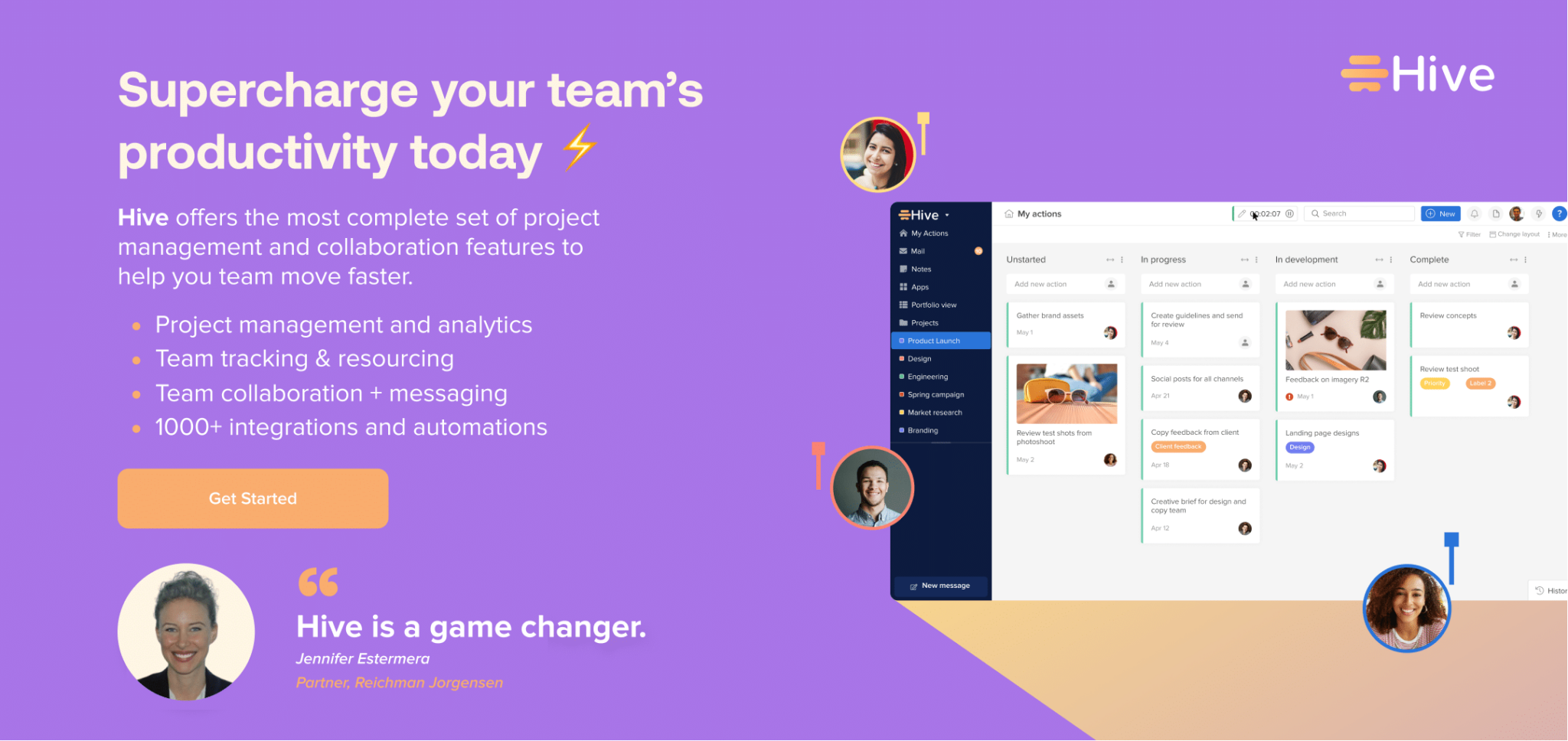Your boss hands you a project. Your coworker has gone out sick and needs assistance while she is gone. Ohh, wait – you’re the boss and need to delegate resources and tasks, and everything is just piling up on your desk! Do any of these scenarios sound familiar?
If you are feeling overwhelmed or like you can’t handle any more work, you should rely on project management!
Project management is is the process of organizing and managing resources to achieve a specific goal. In this blog post, I will discuss different ways to help you manage multiple projects at once without feeling overwhelmed. I will also add a few tips on how to effectively manage your time and resources to stay on track and meet deadlines. Easier said than done? Nah — we got this.
Our top tips for juggling multiple projects
While you may not need to follow every one of these tips to be successfully manage multiple projects, hopefully at least one of these tips will be helpful in your circumstances. Project management can be challenging, and juggling multiple projects is even more so. So, the goal is that you will walk away with just another tool in your project management toolbox to help you at a pivotal moment when you truly need it.
Let’s dig into these top project management tips to help you manage multiple projects at once:
- Stay mindful
- Keep lines of communication open
- Know your strengths & weaknesses
- Look ahead
1. Stay mindful
Often something is overlooked; try to start your projects mindfully. With so many tasks and projects on your plate, before you dig in and try to get everything organized and managed, take some time to relax. Jumping into multiple projects with anxiety or stress will ultimately lead to poor decisions or mismanagement. While it sounds counterproductive – slow down, take a breath and assess what is in front of you before you start. I’m not saying light a candle and start every morning with meditation – I’m just saying, take a breath and relax. Your projects won’t light on fire if you take 10 minutes and reset your clock.
2. Keep lines of communication open
If something is on your mind or you are feeling overwhelmed with a project, communicate with those involved. Keeping communication open will help alleviate any potential problems and misunderstandings that can come up when working on projects with others.
Open communication lines also allow for transparency and clarity, which will help keep things moving smoothly. If you ever have any questions or need clarification, always ask. Think about times you’ve needed more information in the past. Asking questions is better than leaving things open-ended, as not asking them will often lead to more problems or miscommunication.
3. Know your strengths & weaknesses
Easier said than done, right? But, seriously, if you don’t know your strengths and weaknesses, pull out a piece of paper and a pen, draw a line down the center of the pad and write them out. What are you good at? What are tasks that make you happy and that you enjoy doing? Conversely, what are tasks or jobs that you don’t enjoy or take you a long time doing?
We are all not perfect at everything, and knowing what you are good at and not good at will help give you a heads up when trying to delegate multiple tasks. Delegating tasks to other people who have strengths in specific areas can help lighten the load and ultimately get the project done quicker. You don’t have to take it all on by yourself! Trust your team, and delegate!
4. Look ahead
While this one ties in with knowing your strengths and weaknesses, it’s essential to also look ahead at what may be coming up. If you have a busy week or a lot of work due all at once, try and plan for it. If you have a tight deadline for a specific project, you can know in advance and plan your resources accordingly. Be forward-thinking, and always have a plan. Working on projects from the “seat of your pants” is not sustainable, and eventually, something will get overlooked.
5. Be flexible
This one is key when working with others on projects – be willing to change things as needed. Deadlines are often changed, tasks get reassigned, and people’s availability varies. If you can’t go with the flow, managing multiple projects will be very difficult. Consider adjusting how you manage your projects and take on a project management software program like Hive that gives you the ability to move around tasks, resources, and deadlines.
6. Get ready to compromise
Sometimes compromises need to happen to meet deadlines and keep everyone happy (including yourself). This could mean that someone takes on more work or that a task gets pushed back a day or two. This could mean going over the budget or even scrapping out of scope work. But As I like to say, pick your battles. Some are not worth fighting for, and compromising on specific tasks and deadlines will help unruffle feathers and soothe the stakeholders. Remember that no one is happy all the time, and that’s ok!
Being an effective project manager takes work
It’s not all rainbows and butterflies when you are a project manager. It’s hard work, and it often feels like you are herding cats with a blindfold on. However, to be successful within the project management role – either through managing multiple projects or just one – you should always manage your time and resources effectively.
Staying on track with projects and deadlines, communicating with all stakeholders, and being able to adapt when needed are the skills you need to rely on to get through each of your days.
Utilize the available tools, whether that’s a great project management software or even just good ‘ole fashioned pen and paper, to help keep you organized and on task. And most importantly, don’t be afraid to ask for help when needed! There is no shame in admitting that you can’t do it all yourself – we are only human, after all.
Using Hive to Manage Multiple Projects
Hive is a leading project management tool that brings all of your workplace tools to one single dashboard, so you can manage projects, chat with coworkers, send emails, and even start Zoom calls without ever leaving the window.
Hive offers six flexible views including Gantt, Kanban, Calendar and Table views for you to see and understand your projects better.
Hive’s Portfolio View
When managing multiple projects, Hive’s Portfolio View is everything you need to see all your different projects in one place. It combines the detail of Project Navigator with the flexibility of a Table View.
Think of portfolio view as a table with projects listed vertically on the left and fields and individual tasks on the horizontal axis. And here’s how they work:
- Fields are the basic information about a project, such as its description, due date, status, and status description.
- Custom fields can be added to the project level to track additional information, such as the project’s budget or the assigned team members.
Hive’s Portfolio view makes it easy to see which tasks have been completed, which tasks are consistent across projects, and which tasks are overdue. You can also click into individual projects to view them in more detail in Kanban, Gantt, table or calendar view. The sky’s the limit with custom fields, too — you can add as much information as you want into your individual portfolio view. Pro-tip: see how to customize Hive’s Portfolio View.
Streamlining Task Management in Multiple Projects with Hive Labeling

When multitasking and under a deadline, prioritizing is key. Hive labeling system can assist to go through this process with ease.
- Identify urgent tasks with a “High Priority” label.
- Assign a “Critical” label to tasks needing immediate attention.
- Use a “Low Priority” label for less urgent tasks.
- Apply labels consistently to maintain clarity and organization.
- Regularly review and update labels to reflect changing priorities.
Additionally to this tips to manage multiple projects at once successfully, consider delegating tasks when possible to lighten your workload. Use Hive chats and native email to collaborate with teammates. You can easily change project views to team members to see who is freer and could take some of your load.







